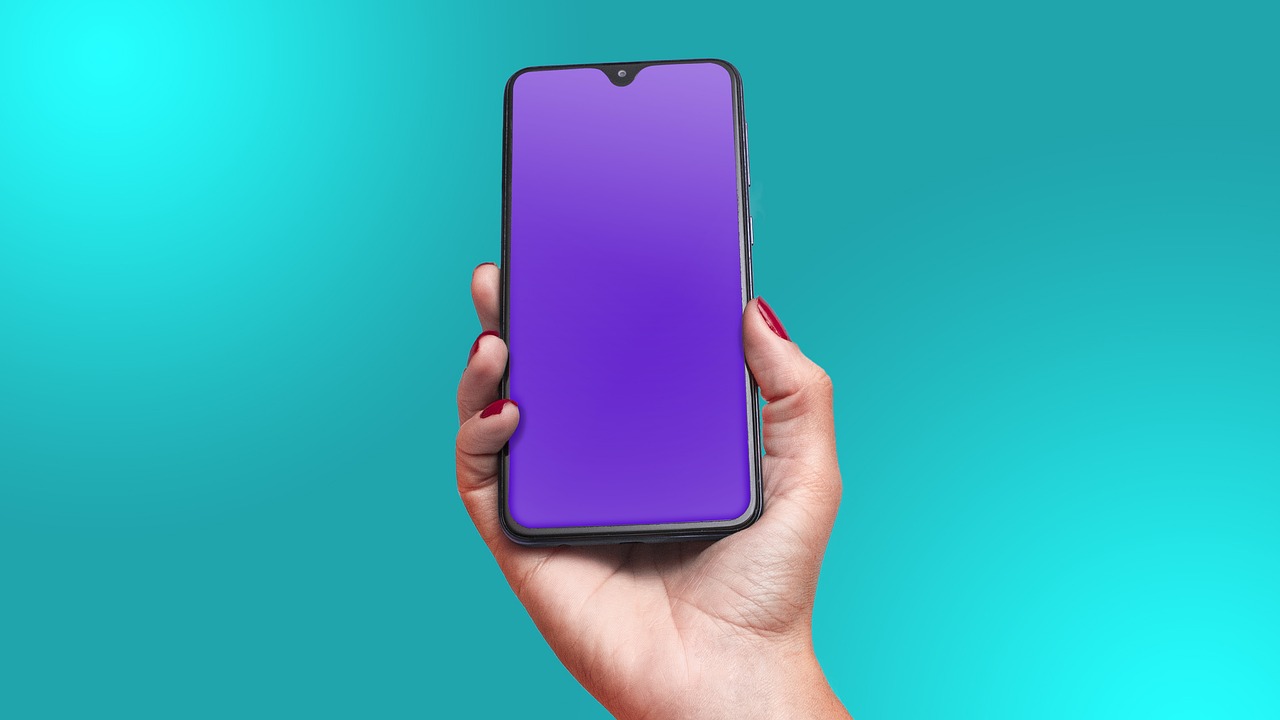
During the pandemic Jan Plass learned firsthand how nuanced the discussion around kids and screen time has to be. At one point, he became upset with his teenage children about how much time they were spending in front of screens.
“So I go into their rooms ready to tell them to get off their computers. My older one says, ‘Dad, I just composed another song, look,’” says Plass, director of CREATE Consortium for Research and Evaluation of Advanced Technologies in Education at New York University. “My younger one was in his room, and when I got ready to get mad at him, he had just looked up how to play a piano piece by a particular pianist in a certain style.”
Plass, who is also co-director of the Institute for Games for Learning at NYU, wrote a blog post about the experience. “It dawned on me that this whole conversation about screen time is completely misguided because it assumes that they're doing a certain type of activities on the screen that we don't approve of, but it doesn't recognize that children nowadays are getting their information from screens like we used to get them from other sources. They make screens the primary source of education.”
This understanding is key to how Plass believes educators and parents should approach the topic of screen time and screen bans.
Not All Screens Are Created Equal
Much of the conversation around screen time currently is focused on cell phones being banned in schools. A new book by NYU psychologist Jonathan Haidt, The Anxious Generation, makes the argument that social media and cell phones are to blame for the rise in mental health issues among adolescents.
While Plass notes that many people disagree with Haidt’s conclusions, he believes phones in schools can be a real distraction.
“One thing is clear, we're having more problems in schools with phones than those schools who simply said, ‘No more phones,’” Plass says. But that’s because kids are generally using phones for texting and social media, not because the screens themselves are inherently bad.
Not All Screen Activity Is Equal
As Plass learned with his own children, what is being done on the screen matters. He says when used correctly in schools, non-phone devices can be very effective for education by supporting creativity and playfulness through activities such as gamification. The trick for educators and parents is differentiating between productive and distracting screen time.
“The best thing parents can do is steer their children toward media production rather than media consumption,” Plass says. “We are currently running a program here at NYU for high schoolers that's called 'Coding for Game Design.' So the game design is what draws them in, and the coding, the programming, and unity is what they learn.”
Even with school-issued devices, screen-based distractions can occur, but Plass says preventing that is about good classroom management. He believes more tech education training is necessary so educators have the skill sets necessary to manage connected classrooms.
Age Also Matters When It Comes To Screen Time
The screen time discussion also requires different approaches for different age groups and a better understanding about how children use screens early in their development.
“We're running a whole study for birth to eight-year-olds to try and understand what they're doing on their screens. Nobody knows,” Plass says. “We know kids spend a lot a lot of time on their screens. We know they start younger and younger, but we have very little data on what's actually being done.”
When he had younger children, Plass had limits on phone use. As his children have gotten older, he has replaced the limits with honest conversations about how much they are using the phone and how it impacts their relationships and life. He says parents can also model creative uses of screen time by introducing their kids to things such as art programs and music creation tech tools.
“The creative uses of this technology are really endless,” he says.







